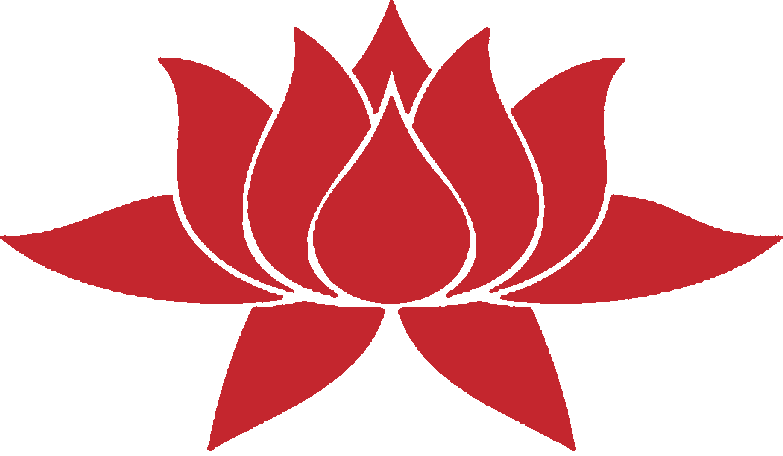Pilates Versus Weight Training: What’s the Difference?
Posted By: Pamela Toy
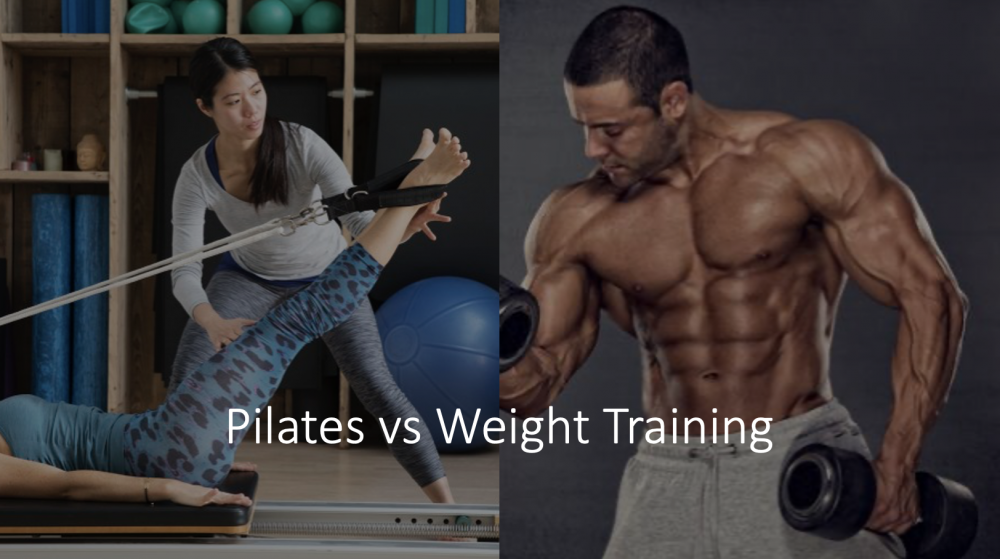
If you are just starting your fitness journey, it can be difficult to choose a form of exercise.
Why should you pick Pilates over a more common workout type like weight lifting?
We are going to break down the differences between Pilates and weight training so you can decide which form of exercise is right for you.
In this post we will go over the following:
- what each form of exercise is
- the benefits of each exercise
- How both forms of exercise compare
Here is our breakdown today – feel free to click the links if you are interested in skipping to a particular section of this post:
- What is Weight Training?
- What is Pilates
- Pilates vs. Weight Training Body
- Exercise Type Comparison
- Pilates or Weight Training for Weight Loss?
- Pilates vs Weight Training for Injury Rehab
- Building Muscle
- Flexibility and Mobility
- Equipment Comparison
- Who are they for?
- Cost Comparison
- Which is right for you?
What is Weight Training?
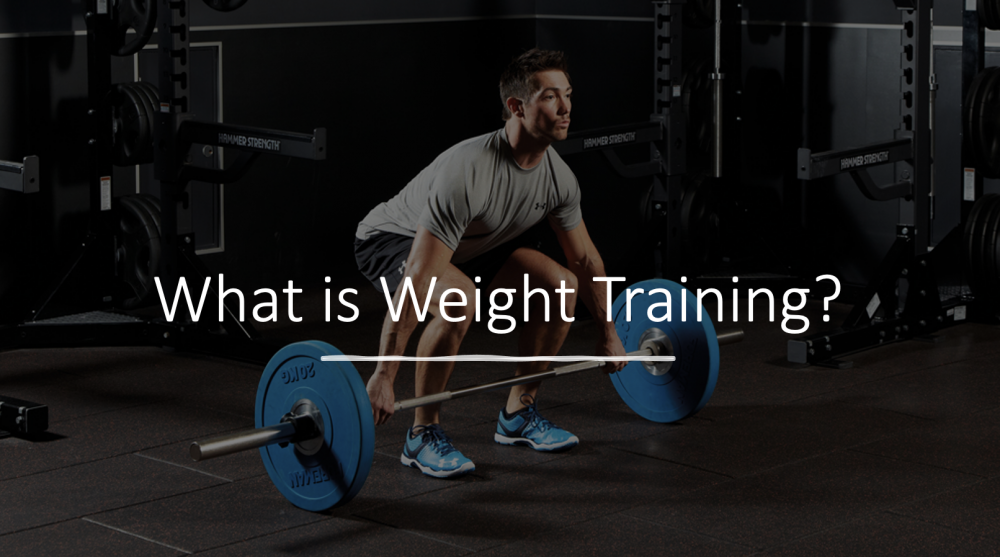
Weight training is a popular form of exercise for developing both the size and strength of your skeletal muscle groups. By utilizing gravity in the form of dumbbells, bars, or weight stacks to oppose the force generated by muscle through a concentric or eccentric contraction.
Weight training uses a variety of specialty equipment to isolate specific muscle groups and movements.
Benefits of Weight Training
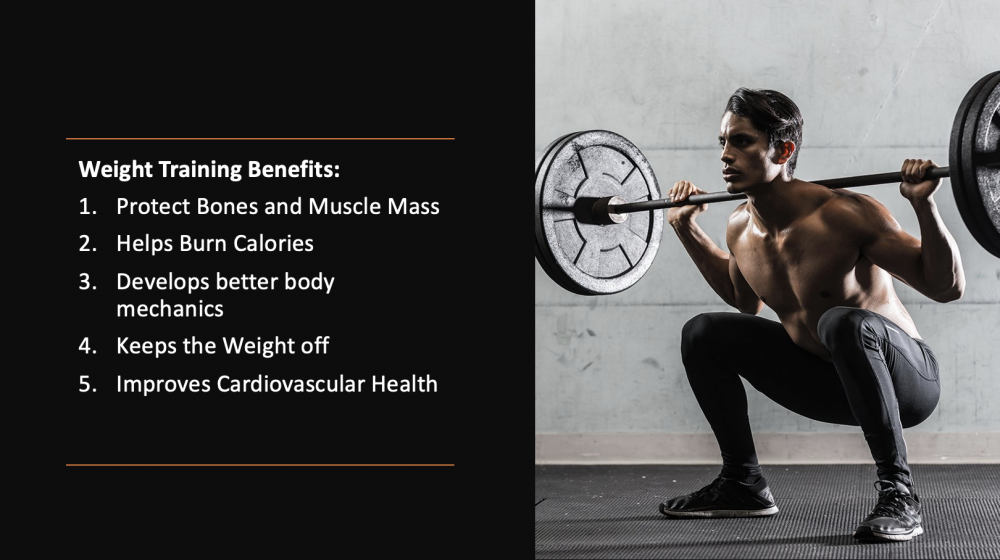
Protects bones and Muscle Mass
According to a study done in October of 2017 in the Journal of Bone and Mineral Research (1), training in Impact training or high-intensity resistance training just 30 minutes a day twice a week can improve bone density, structure, and strength in menopausal women with low bone mass.
Helps to Burn Calories
Weight Training can also help to burn calories. According to American Council on Exercise (2), your body continues to burn calories after strength training because it returns to its restful state. This is called excess post-exercise oxygen consumption, or EPOC.
Weight Training Helps to Develop Better Body Mechanics
According to a review published in November 2017 by Aging Clinical and Experimental Research (3) doing at least one resistance/strength training workout every week increases muscle strength by up to 37 percent, 7.5 percent increase in muscle mass, and 58 percent increase in functional capacity (this is linked to risk of falls in frail elderly adults).
Helps to Keep weight off
According to Everyday Health, strength training keeps your metabolism active after exercising much longer than aerobic training (4).
Improves Cardiovascular health
According to the United States Department of Health and Human Services (5), muscle-strength training improves blood pressure, which reduces the potential risk of heart disease and hypertrophy.
What is Pilates?
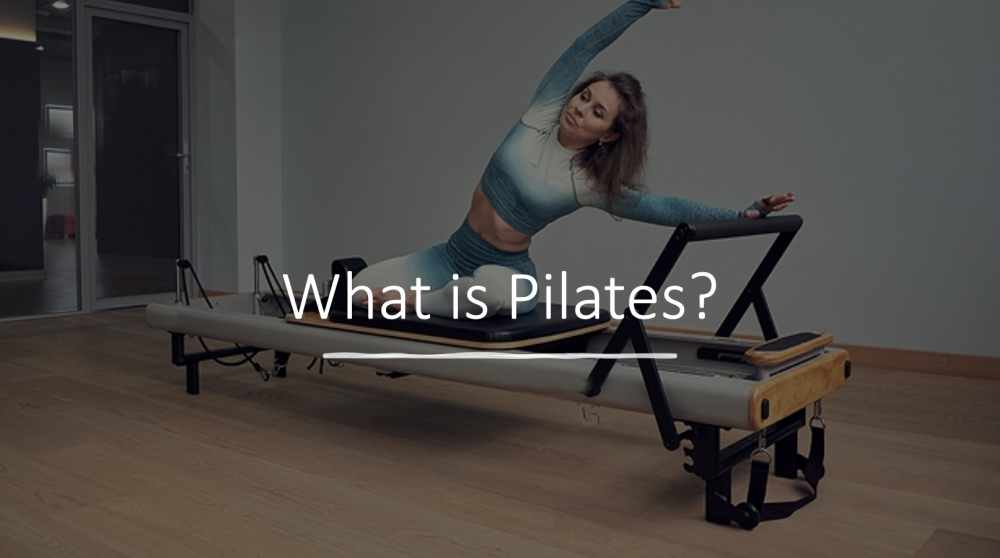
Pilates is a physical fitness system founded by Joseph Pilates in the early 20th Century. He created exercises intended to strengthen the human body and mind. Core strength is the foundation of Pilates.
Developing trunk and torso stability through the engagement of the core is really important.
Over time, people started teaching different variations of Pilates, and two different styles emerged: Classical and Contemporary Pilates.
Classical Pilates tries to stay as close to Joseph’s original style as possible and Contemporary Pilates is similar but also incorporates principles from Physical Therapy allowing for injury rehabilitation.
Benefits of Pilates
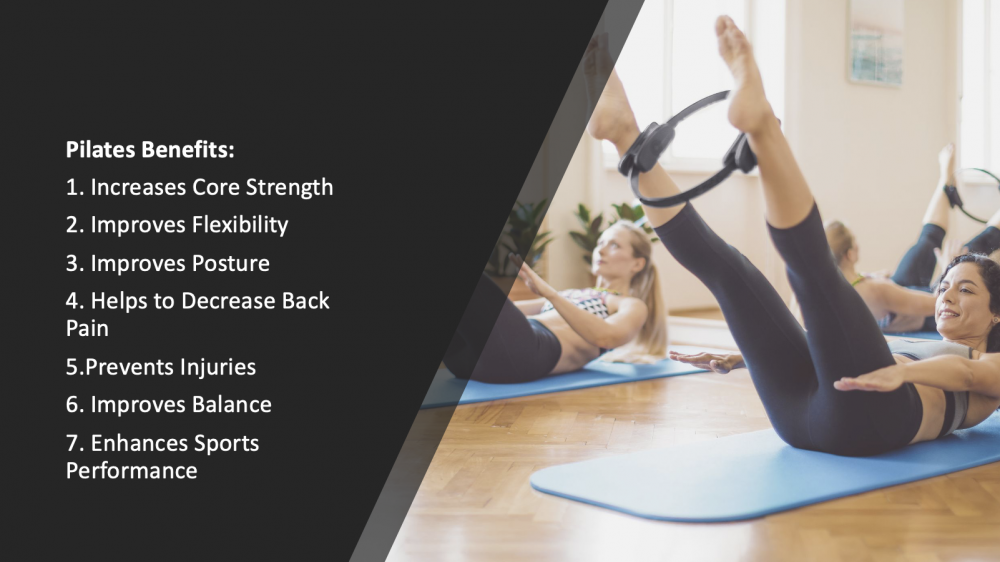
Increases Core Strength
According to a study done in October 2020 by Proteus Journal (6), Pilates mat work helped to improve the strength and endurance of Core Muscles in post-delivered women.
The study also showed an increase in cardiorespiratory fitness and a decrease in girth measurements in the women tested.
Improves flexibility and strength
According to a 2012 study conducted by Pontifícia Universidade Católica do Rio Grande do Sul (7),
Pilates exercise greatly improved cervical flexibility, trunk movements, hip, and overall flexibility.
Improves posture
The same study conducted in 2012 by Pontifícia Universidade Católica do Rio Grande do Su (7), also found that women with hyperkyphosis saw a significant improvement in posture after a 30 week period (two sessions a week for an hour).
Helps to decrease back pain
According to this article in 2015 (8) that looked at over 128 research articles, the data clearly demonstrates the effectiveness of Pilates Specific programs over other exercise programs in treating chronic pain. The consensus is that the Pilates method is more effective than little to no workouts in reducing pain.
Prevents Injuries
According to this study conducted in Brazil in July of 2016 (9), Pilates can be effective in treating conditions like Scoliosis, back pain, ankylosing spondylitis, and breast cancer. It can also help to prevent serious injuries in adults, elderly people, and athletes.
Improves Balance
According to this systematic Pub Med review of 10 different studies (10), Pilates training can have a high to moderate effect on dynamic balance for people. The study looked at people aged 60 – 80.
Mental Health
Pilates can also be beneficial for mental health. If you are feeling stressed or have anxiety, Pilates can be a great way to blow off some steam.
Enhances Sports Performance
According to this research article conducted in 2018 (11), Pilates training improved a 5-km run performance by changing metabolic cost and muscle activity in runners.
Is Pilates Resistance Training?
Yes, Pilates can be considered resistance training. A lot of the equipment used like the reformers, or chairs utilize a spring resistance system that can be adjusted. Additionally, you can use resistance bands on the mats to provide added resistance.
Pilates vs. Weight Training Body
Many of you are probably wondering what the differences are between a pilates body vs gym body. The type of body you will develop from doing Pilates training and weight training is very different. We will dive into the specifics of each but if you are looking for a particular body build you may enjoy the benefits of one over the other.
To quickly summarize, Pilates helps you develop a strong, lean, and toned body whereas weight lifting can result in a bigger bulkier body.
It’s worth mentioning that exercise alone isn’t enough. Without a proper diet, you may not be able to develop your dream body type.
Pilates Body Type
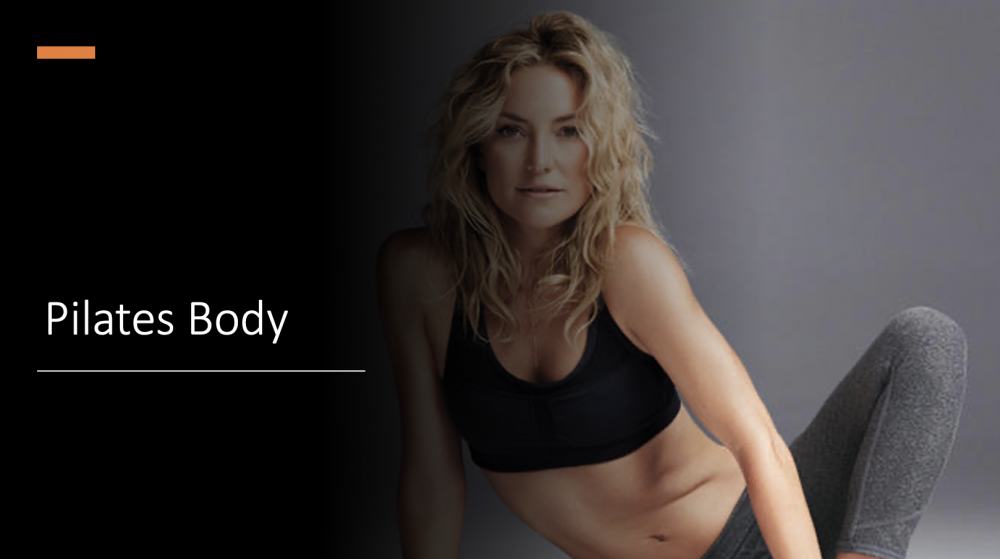
As we mentioned earlier, Pilates was developed to build strong, flexible, and functional muscles. You typically won’t develop large bulky and stiff muscles while doing Pilates. However, you can develop a toned body with excellent posture if you maintain a consistent Pilates training regimen (12).
Weight Training Body Type

The body you develop at the gym during weight training can vary. For example, if you are doing high reps and low weight you can also develop a more toned body type. However, if you decide to lift heavier you can develop the bigger bulkier muscles.
Pilates vs Weight Training: Type of Exercise
Pilates Exercise Type
Joseph Pilates tried to create a method that would allow functional movements – meaning strength through flexibility. Just stretching muscles creates added flexibility, but not necessarily added stability and strength. The same is true in reverse.
As a result, Joseph came up with his own system that tried to address both. Everything has to be balanced and centered in order to be considered strong.
Weight Training Exercise Type
Weight training is generally isotonic. This means that the joint angles change during the exercise (dynamic). Isometric exercises where the joint angles remain constant.
There are two forms of exercises that weight training works being compound and isolation exercises. Compound exercises generally work for multiple muscle groups and include movements (like squats, leg press). Isolation exercises are generally restricted to one joint only for example a leg press exercise.
Pilates or Weight Training for Weight Loss?
Both Pilates and weight training are excellent for weight loss.
Pilates is definitely great for building a slim build and helping to lose weight.
Weight training is typically seen as a go-to workout in order to burn calories. Not only is it great for helping you lose weight, but it is also great for keeping the weight off.
Bottom line:
Overall, weight training is more effective than Pilates for weight loss.
Please keep in mind that both weight training and Pilates are not enough without a proper diet.
Pilates vs Weight Training for Injury Rehab
Pilates and weight training are great for rehab. Contemporary Pilates has taken many concepts from Physical therapy to accommodate people with injuries and limited range of motion. Pilates has also been shown to have benefits for lower back injuries.
Weight training can also be great for rehabbing injuries as well. Because you are able to isolate certain muscle groups, many doctors and Physical Therapists will have you use light weights when rehabbing an injury.
Bottom line:
There is no clear-cut winner here and it is all situational. Weight training may be more popular for rehabbing injuries, but when done correctly, a contemporary style of Pilates can be very beneficial for rehabbing injuries as well.
Pilates vs Weight Training for Building Muscle
Pilates typically builds lean and strong muscle. As we say previously in the Pilates build, you don’t see really bulky arms or legs from completing workouts.
Weight Training can help to build more muscle especially if you are lifting heavy with low reps.
Bottom Line:
Weight training is definitely better for building bigger muscles, but Pilates can be better for building lean and functional muscles.
Pilates vs Weight Training for Flexibility and Mobility
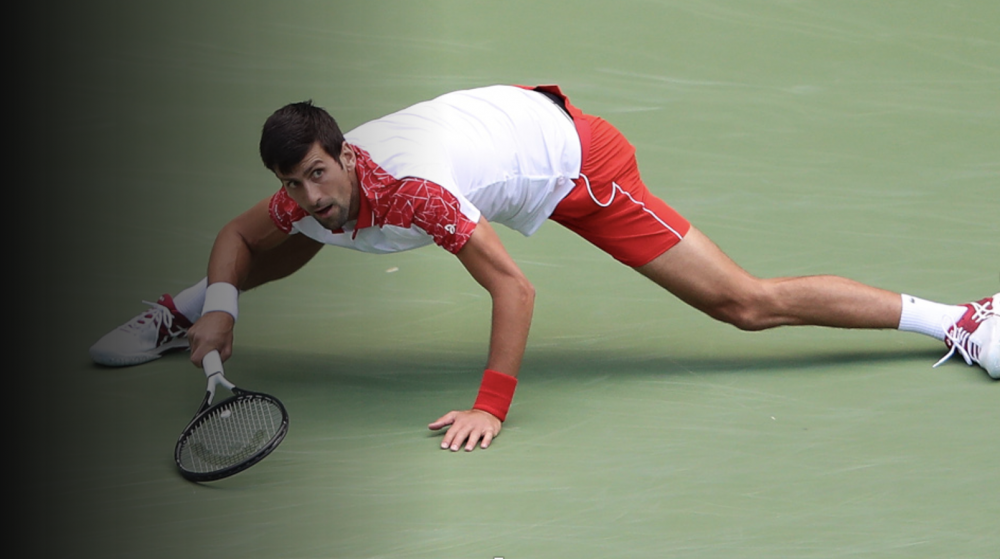
One of the main benefits of training Pilates is the flexibility and mobility increases. Pilates is very good for strengthening and lengthening your muscles at the same time, which makes for great functional muscles. There is a reason so many professional athletes do pilates.
Weight training isn’t really known for improving your flexibility. While you can probably mix in certain exercises and poses to improve your flexibility using weights, people typically lift weights for building muscle and not for the flexibility benefits.
Bottom line:
Pilates is the clear-cut winner in the flexibility and mobility department.
Pilates vs Weight Training: Equipment
Pilates and weight lifting use different equipment. We will break down the most popular equipment used by both.
Pilates Equipment
There are a lot of really popular forms of Pilates that use different types of equipment. We previously discussed the differences between mat vs reformer Pilates. However, there are other popular equipments such as the Cadillac and Chair.
Mat – Pilates Mats are similar to Yoga mats, but 1/2 an inch thick with compact foam to provide additional support for your back and body.
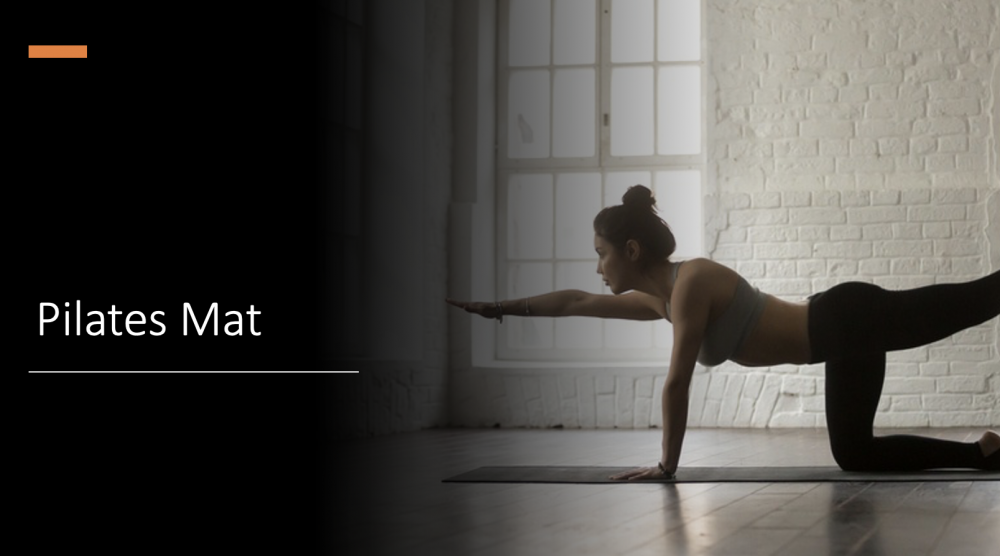
Reformer – A Pilates Reformer utilizes springs and has a variety of attachments for additional exercises. Reformers are great for working both the core and legs. While you won’t build big muscles with the reformer, you can develop toned muscles.
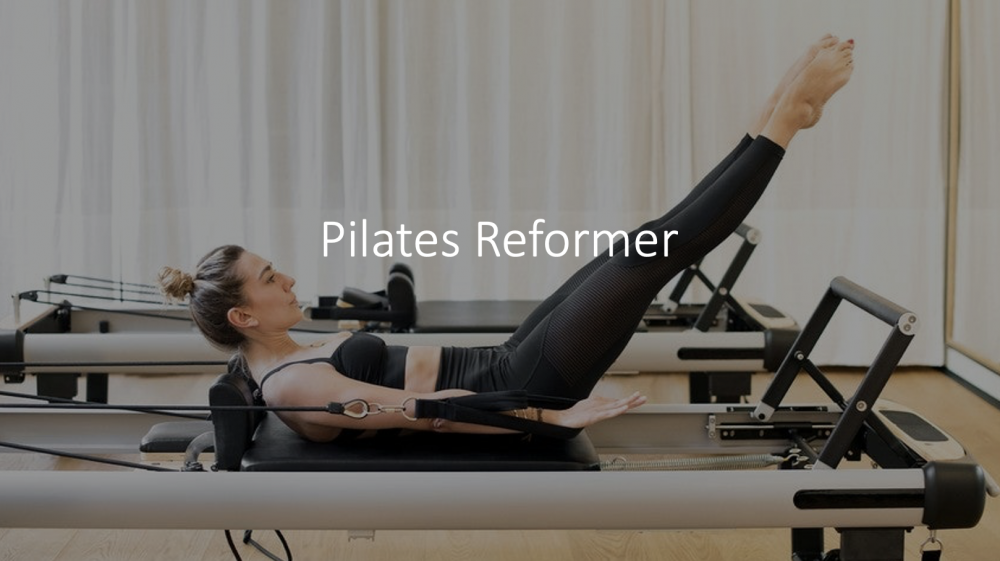
Chair – Pilates Chairs can make for a really challenging workout for both your arms and legs. They contain spring attachments to add resistance and typically come with handlebars for doing exercises like dips. The chair is a very tough and versatile piece of equipment.
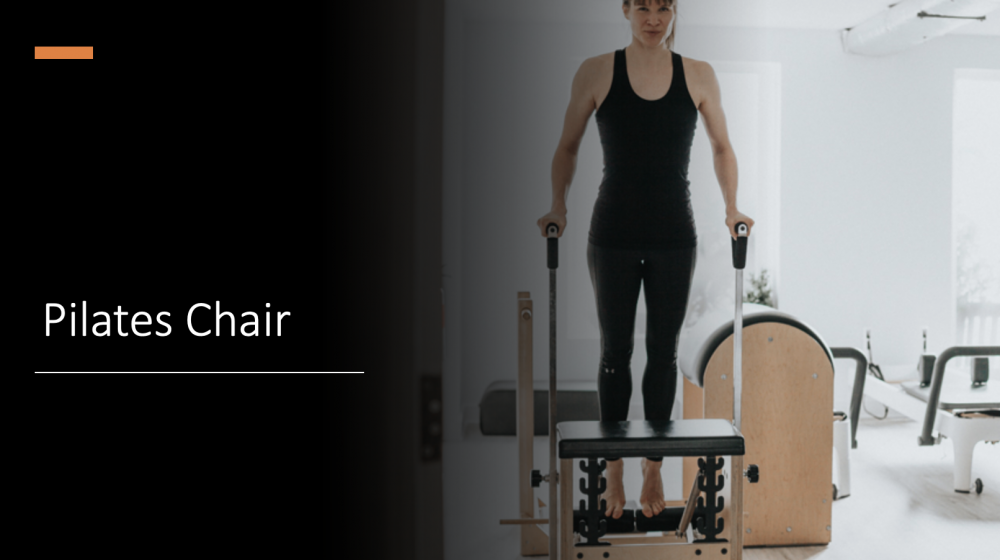
Cadillac – A Pilates Cadillac closely represents a bed with a frame. It takes the classic mat and adds the springs for support.
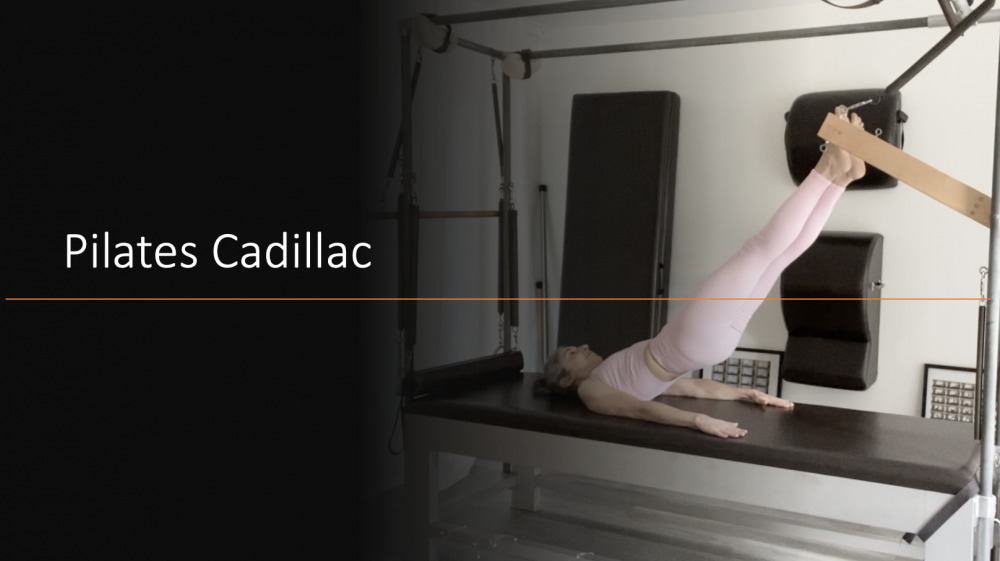
Weight Training Equipment
Dumbbells – Dumbbells are great for doing a lot of exercises like curls, lunges and a number of other popular exercises.
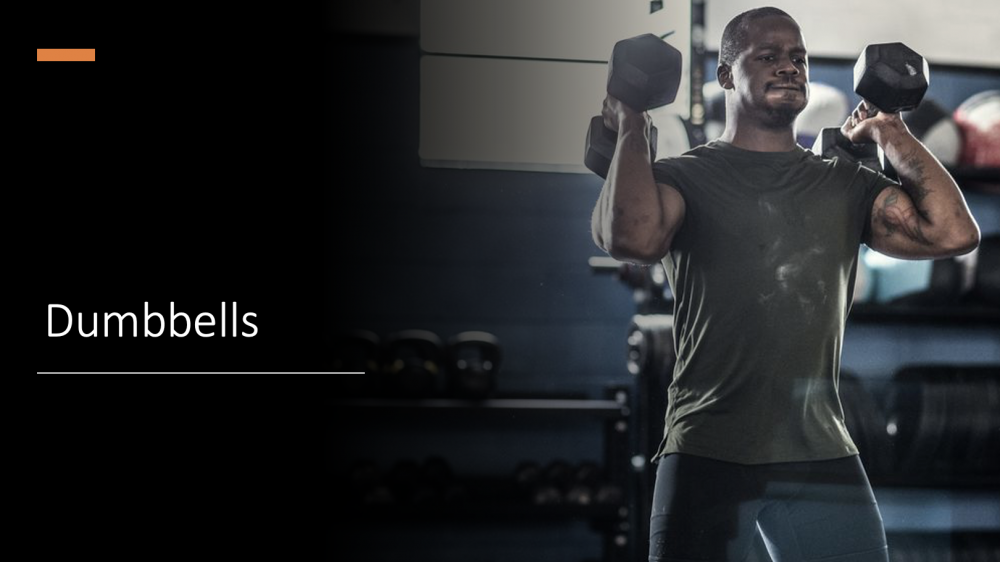
Weight Machines – Machines are also very popular. There are a number of different machines like the leg press, curl, and many more designed to hit different muscle groups
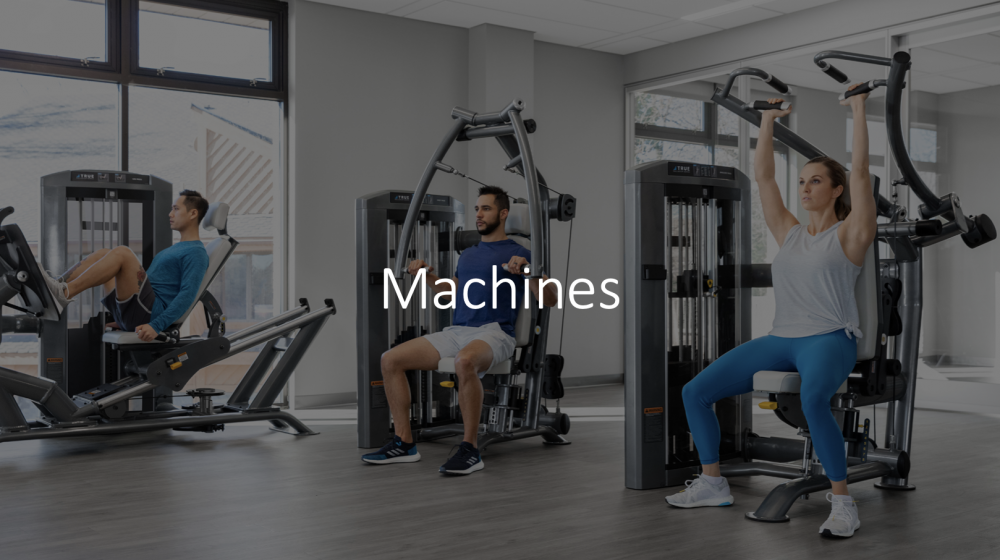
Bench Press – The Bench Press is one of the most popular exercises among weight lifters. It is a great workout for working your chest muscles.
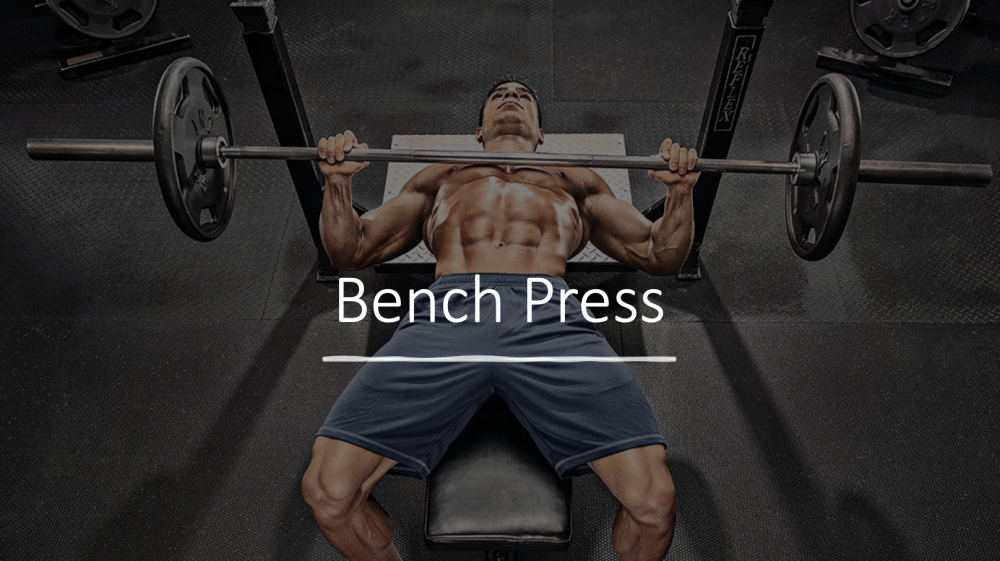
Squat Rack – Squat Rack is another great piece of equipment. Squats are a great exercise for developing your leg muscles.

Bottom Line:
Although the Reformer and chair are not portable, a Pilates Mat can be taken anywhere.
Dumbbells can’t be packed as easily when going on the road.
For those reasons, we give a slight edge to Pilates because it can be done anywhere with minimal equipment.
Pilates vs Weight Training: Who are they for?
Pilates can be done by anyone! Athletes, the elderly, women, and men of all ages should give Pilates a shot! If you are looking to strengthen your core, improve your balance and stability, then Pilates is definitely for you!
Weight training should be done by anyone as well. We recommend weight lifting for people trying to build bigger muscles, but also for those trying to keep their muscles and joints strong as well.
Pilates vs Weight Training: How Much They Cost
Gym Memberships can cost anywhere from $10-$100 a month and $70-100+ for a private.
Pilates Memberships can cost anywhere from $50-100 a private depending on where you live. Many gyms may also offer Pilates classes, which can go from $20-50 a class.
Which Should you choose?
You can’t go wrong with either form of exercise. Weight lifting has many benefits like building bigger muscles, strengthening your bones and joints, and much more.
However, if we had to choose one, we would go with Pilates because it allows you to build strong and flexible muscles.
Looking for in-person Pilates Training?
If you are interested in taking Pilates in Philadelphia, click the link below to give us a call and we would love to work with you!
References:
1. High-Intensity Resistance and Impact Training Improves Bone Mineral Density and Physical Function in Postmenopausal Women With Osteopenia and Osteoporosis: The LIFTMOR Randomized Controlled Trial. ASBMR. https://asbmr.onlinelibrary.wiley.com/doi/full/10.1002/jbmr.3284.
2. 7 Things to Know About Excess Post-exercise Oxygen Consumption (EPOC). Ace Fitness. https://www.acefitness.org/education-and-resources/professional/expert-articles/5008/7-things-to-know-about-excess-post-exercise-oxygen-consumption-epoc/.
3. Lopez, P., Pinto, R.S., Radaelli, R. et al. Benefits of resistance training in physically frail elderly: a systematic review. Aging Clin Exp Res 30, 889–899 (2018). https://doi.org/10.1007/s40520-017-0863-z.
4. 8 Ways Strength Training Boosts Your Health and Fitness. Everyday Health. https://www.everydayhealth.com/fitness/add-strength-training-to-your-workout.aspx.
5. Physical Activity Guidelines for Americans 2nd edition. Health.Gov. https://health.gov/sites/default/files/2019-09/Physical_Activity_Guidelines_2nd_edition.pdf.
6. EFFECTS OF PILATES ON CORE MUSCLE STRENGTH AND ENDURANCE IN POST 6 MONTHS DELIVERED WOMEN. Proteus Journal. https://www.researchgate.net/publication/
344806899_EFFECTS_OF_PILATES_ON_CORE_MUSCLE
_STRENGTH_AND_ENDURANCE_IN_POST_6_MONTHS_DELIVERED_WOMEN.
7. Effectiveness of pilates method for the posture and flexibility of women with hyperkyphosis. Pontifícia Universidade Católica do Rio Grande do Sul. https://www.researchgate.net/publication/
259006187_Effectiveness_of_pilates_method_for_the_posture_and_flexibility
_of_women_with_hyperkyphosis.
8. Patti, A., Bianco, A., Paoli, A., Messina, G., Montalto, M. A., Bellafiore, M., Battaglia, G., Iovane, A., & Palma, A. (2015). Effects of Pilates exercise programs in people with chronic low back pain: a systematic review. Medicine, 94(4), e383. https://doi.org/10.1097/MD.0000000000000383
9. Cruz, Josiane Cristiane et al. The Pilates method in the rehabilitation of musculoskeletal disorders: a systematic review. Fisioterapia em Movimento [online]. 2016, v. 29, n. 3 [Accessed 16 July 2021] , pp. 609-622. Available from:
10. Bullo V, Bergamin M, Gobbo S, Sieverdes JC, Zaccaria M, Neunhaeuserer D, Ermolao A. The effects of Pilates exercise training on physical fitness and wellbeing in the elderly: A systematic review for future exercise prescription. Prev Med. 2015 Jun;75:1-11. doi: 10.1016/j.ypmed.2015.03.002. Epub 2015 Mar 12. PMID: 25773473.
11. Finatto P, Silva ESD, Okamura AB, Almada BP, Storniolo JLL, et al. (2018) Correction: Pilates training improves 5-km run performance by changing metabolic cost and muscle activity in trained runners. PLOS ONE 13(4): e0196509. https://doi.org/10.1371/journal.pone.0196509
12. The many figures of fitness. The Guardian. https://www.theguardian.com/lifeandstyle/2008/jul/01/healthandwellbeing.fitness.

